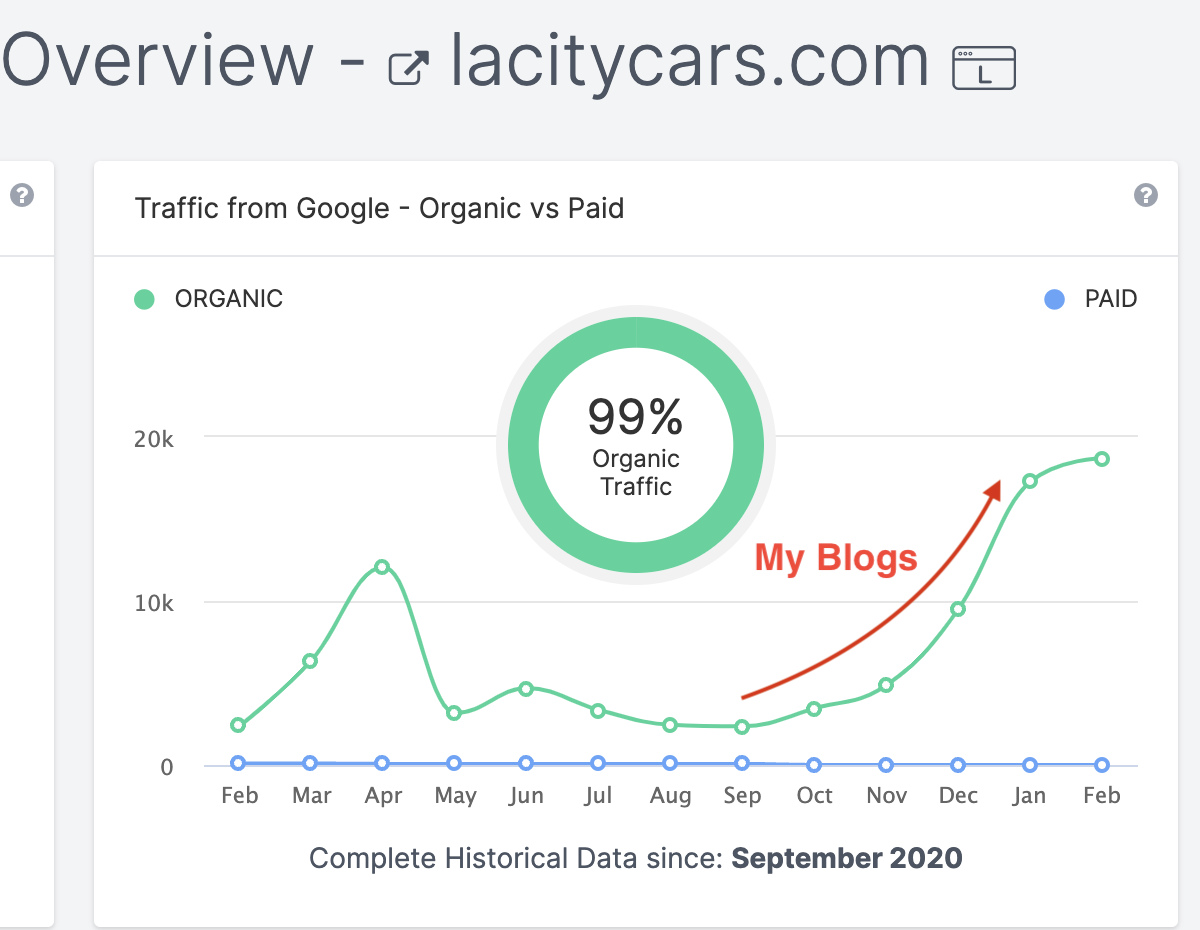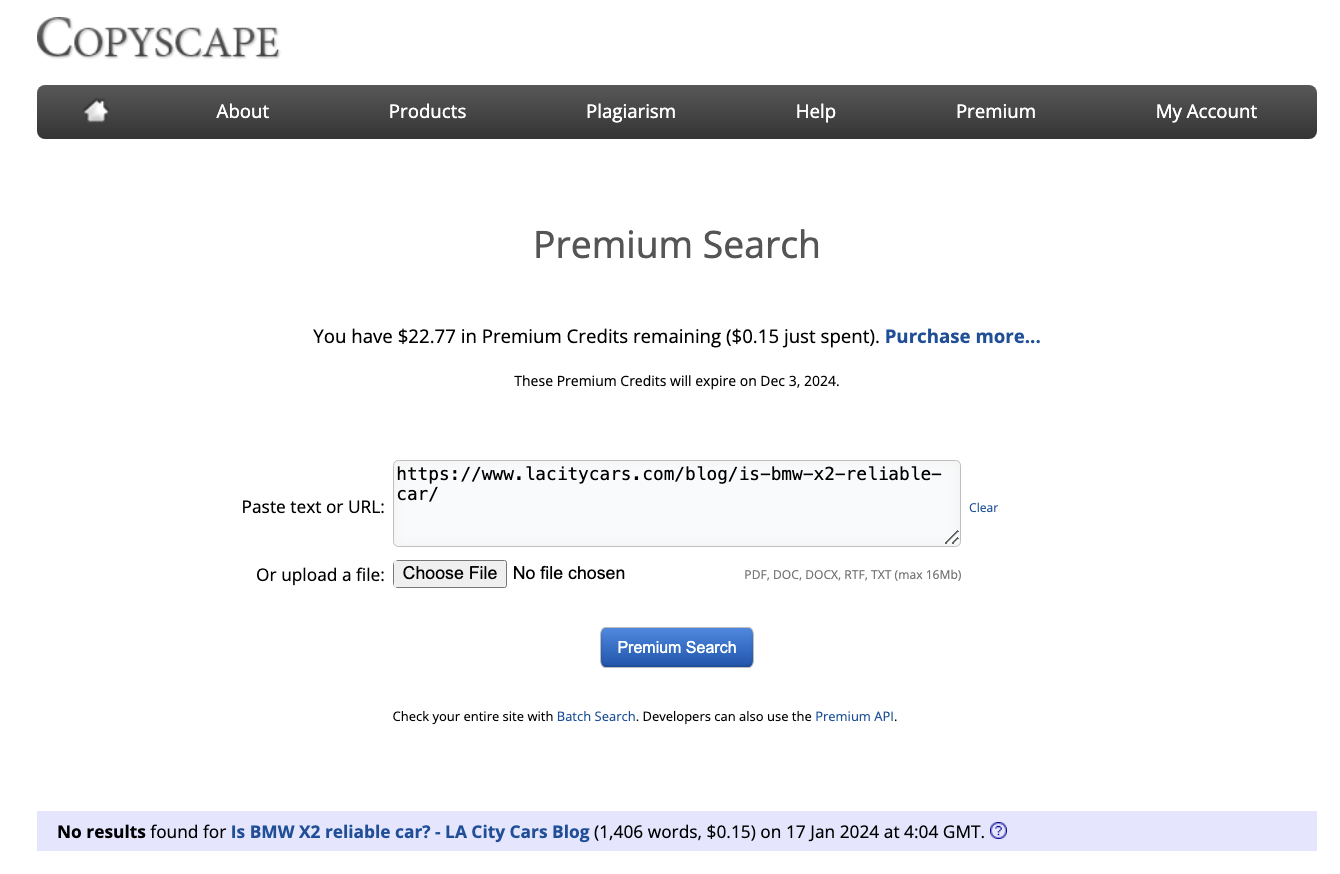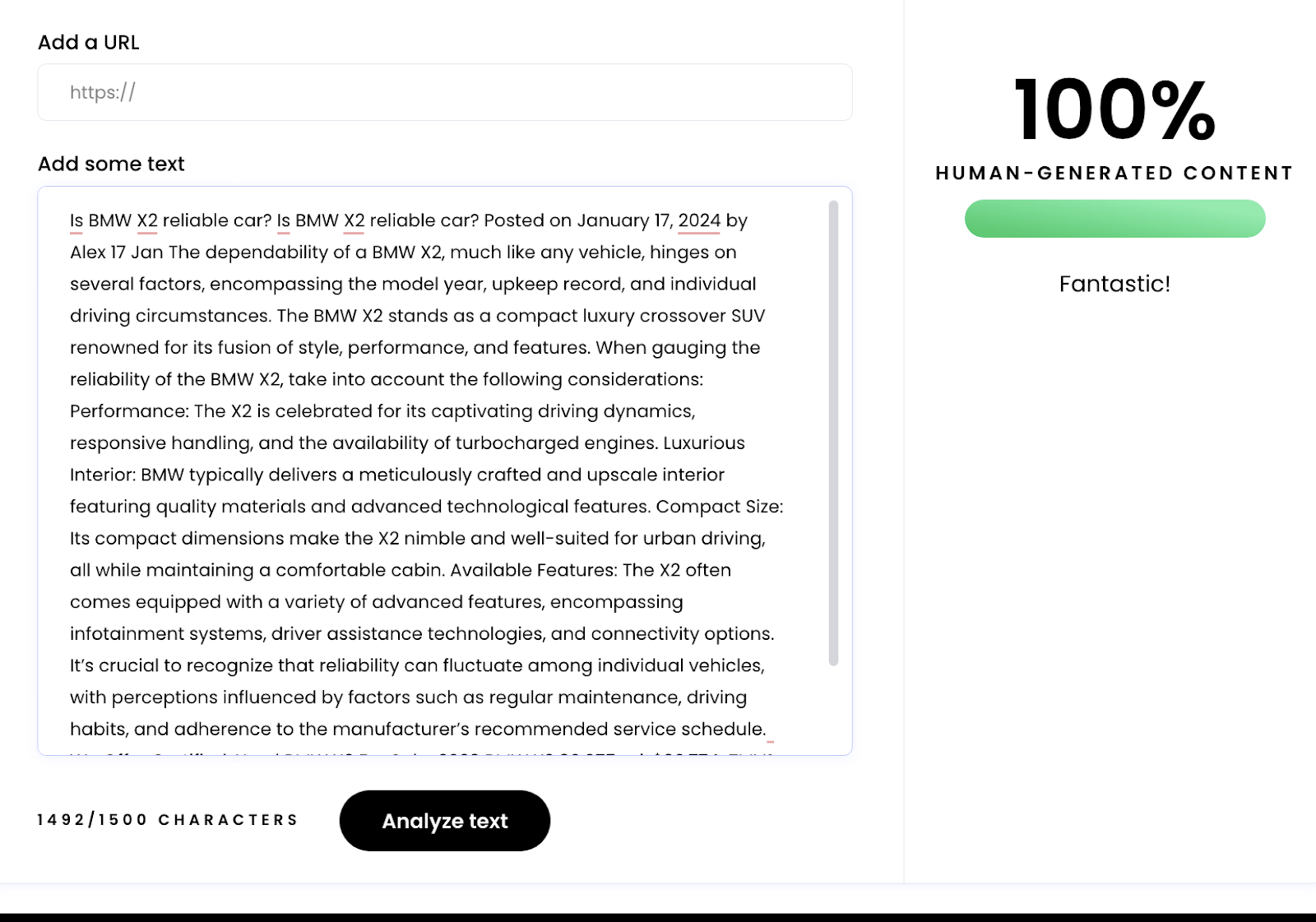“Clean energy” and “renewable energy” are related concepts but have distinct meanings:
- Renewable Energy:
- Renewable energy refers to energy derived from naturally replenishing sources that are not depleted when used. These sources include sunlight (solar energy), wind, water (hydropower), biomass (organic materials like wood, crops, or waste), and geothermal heat.
- The key characteristic of renewable energy sources is their ability to be naturally replenished over time. They are considered sustainable because they are virtually inexhaustible on human timescales.
- Renewable energy technologies harness these sources to generate electricity, heat, or mechanical power without depleting the Earth’s finite resources or emitting harmful pollutants.
- Examples of renewable energy technologies include solar panels, wind turbines, hydroelectric dams, biomass power plants, and geothermal systems.
- Clean Energy:
- Clean energy is a broader term that encompasses renewable energy sources as well as other energy sources and technologies that produce minimal or no greenhouse gas emissions and other pollutants during operation.
- In addition to renewable energy sources like solar, wind, and hydro, clean energy also includes low-carbon or zero-emission sources such as nuclear power and certain forms of natural gas when coupled with carbon capture and storage (CCS) technology.
- The focus of clean energy is on reducing environmental impacts, particularly carbon dioxide emissions, which contribute to climate change and air pollution. It emphasizes transitioning away from fossil fuels (such as coal, oil, and natural gas) towards more sustainable and environmentally friendly alternatives.
- Clean energy technologies aim to mitigate climate change, improve air quality, enhance energy security, and promote sustainable development.
In summary, renewable energy specifically refers to energy derived from naturally replenishing sources, while clean energy encompasses a broader range of energy sources and technologies that minimize environmental impacts, including renewable sources as well as low-carbon and zero-emission options.
Example of SEO through blogging and content generation using Feature Snippet Rules, Rich Snippet Rules, Schema, Data Structured defined by Google For Search Engine Optimization
Improved from 144 organic clicks per day to 992 organic clicks in 3 months



Blog Posts at: https://www.lacitycars.com/blog/all-blog-post/
Used these Blog Posts as Social Media Posts like Facebook, GMB and Twitter
Quality of Blogs:

I am using a proprietary type of AI that can pass Human Generated Test




